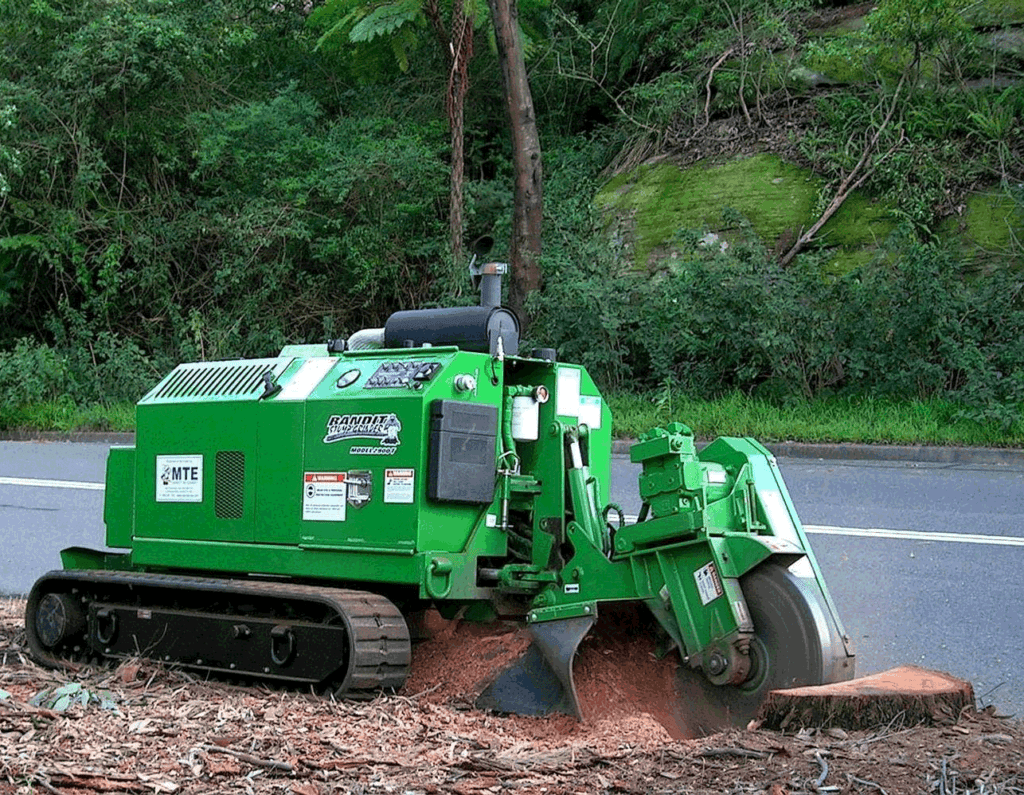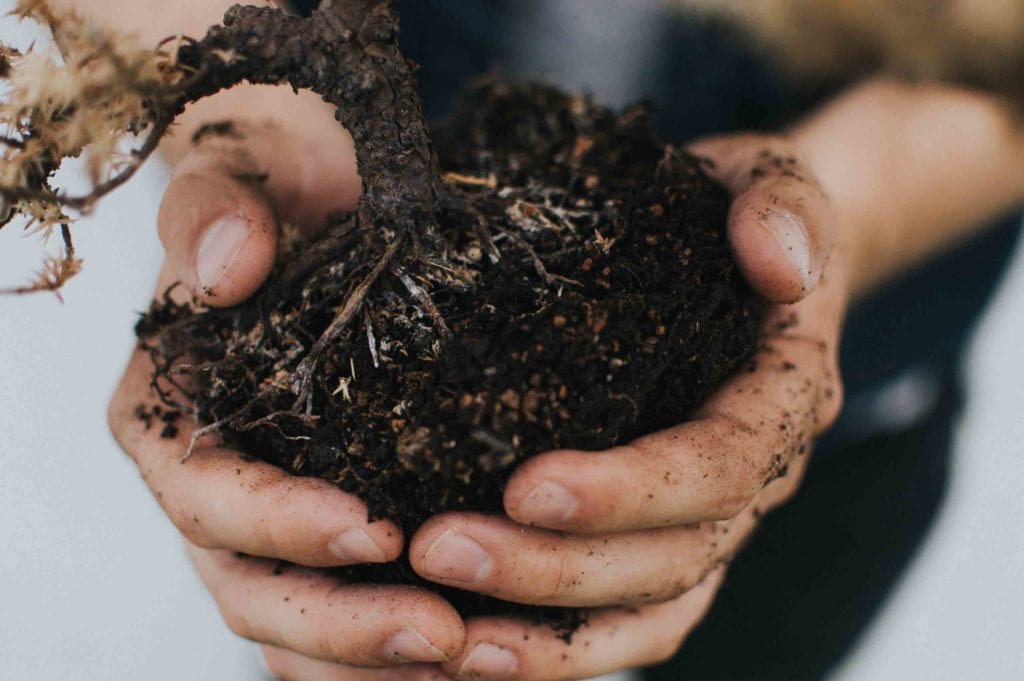You are either reading this out of sheer curiosity, or to find some practical advice on how to stop a tree stump growing again.
If you are the latter then you have probably removed a tree or are about to do so. If you are the former, then sit tight for a gripping read on stump killing!
There are several options to kill or remove a tree stump. Depending on how much time, money or energy you have, we have an option for most in the following words.
Some species of tree will not regrow at all.
Generally a tree stump will take up prime garden real estate. Removal is usually the best option so we will start with what we feel is best to stop a tree stump regrowing.

In the good old days, tree stumps would be removed manually by hand. Digging and cutting tools would be swung into the ground, cutting the trees roots until the stump was loose enough to come out. This work is far from easy. In fact some stumps may have taken days to remove, even with the help of a tractor to lend some pulling power.
Then came the stump grinder. First developed in the 1950’s, Vermeer invented the first stump grinder. The early tractor attachment had large spinning cutting wheels, perfect for chewing stumps to pieces. When Gary Vermeer hit the wrong hydraulic lever he realised that by moving the wheel side to side, it worked even better.
The technology has come a long way. Now we have a whole range of stump grinders available to us. Some small enough to be used by hand as well as large tractor powered grinders similar to Vermeer’s. Except with a lot more safety features.
Staying on topic, stump grinding is the most efficient way to stop a tree stump growing back. By sweeping the spinning disc side to side and being lowered, the stump is turned into wood chips or mulch. Stump grinding can completely bowl out a stump and leave only saw dust and soil. The roots are usually left in the ground however they can be ground too if you wish.
What’s important to realise here is, if a stump is left to its own devices, the built up energy in the wood is enough for it to sprout leaves. If a tree stump sprouts leaves, it now has a mechanism to continue growing!
If you are removing trees for whatever reason, it’s always a good idea to think about a replacement tree. If you are planning to plant again in that area, stump grinding is the way to go.
Extraction is a fitting use of a word here. Removing a stump manually or with a machine such as an excavator can be quite the task. Even the smallest of stumps can take a lot of physical force to remove, however it’s not impossible. The species of tree can play a big part in how easy or hard the stump removal is. For instance a Poplar tree would have softer wood than an Oak tree.
The idea is to ‘free’ the stump from its root system and lift or push it out of the ground.
It can be quite an art.
Digging around the stump, giving it ample room to move and exposing roots that need to be severed is a good start. Leaving the stump as high as possible and attaching a pulling rope will give the most leverage but it may be too late for this.
Working around the stump chopping roots with a sharp axe is the next step. A good work practice is to chop out a ‘section’ of root for some much needed wiggle room, you’ll need it. This is where a good first digging effort really helps.
Now you should have some movement in the tree stump, you may just need some leverage such as an iron bar to wrestle with it.
Pulling with a vehicle and a rope may help but be careful here.
There’s always one root that gets missed.
You’ll find you need to chop some more before you feel the gratification of the stump moving from its home. It’s rewarding when it comes loose and it definitely won’t be growing back any time soon.
It’s time consuming, hard work and it may just defeat you.

If you want to simply just kill a stump then poisoning can be a good option. Although, there are some things to note.
Enough herbicide on any plant or tree is a sure way to kill it and stop it regrowing.
The stump will still remain intact though, until nature runs its course. It will eventually break down and turn into soil but depending on wood species, this may not be in your lifetime.
The trick to poisoning a tree stump to stop it regrowing is to apply the herbicide within hours of cutting down.
You need to make sure that the stump is still able to absorb the poison. If you have sprouts on your stump, cut them as low as possible and apply herbicide to the open wounds.
Be liberal with the application but be careful not to touch or inhale the herbicide. Also try not to spill any on neighbouring vegetation, it will kill that too.
Glyphosate (Round up) is the most common choice of herbicide but sometimes store bought can be too weak to be effective on large stumps.

There are all sorts of weird and wild methods of stump removal out there on the internet.
Some people opt for burning their stumps out by building a fire over top. This method could potentially take a few days of monitoring and stoking the fire. It also has inherent risks of the roots catching alight and spreading the fire further a field. It works but it is it practical?
Another method is to cover the stump with plastic and create an air seal. This will encourage heat and moisture to develop bacteria. The bacteria will attack the stump, slowly, very slowly.
And if all else fails, why not try some good old black powder or dynamite. The preferred method of loggers when there is no other way to remove a dangerous tree in the forest.
